INTRODUCTION
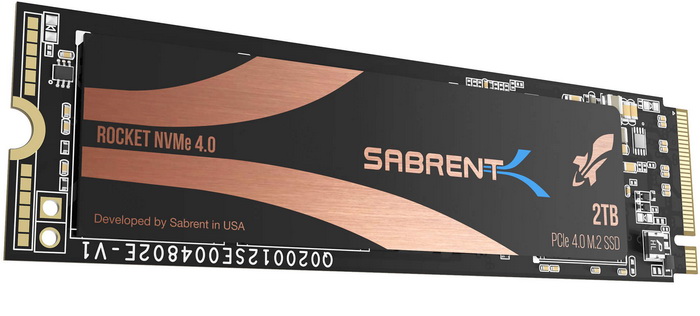
With the very first PCIe 5.0 (Gen5) enterprise SSDs making their debut as we enter 2022 it's a safe bet that consumers will not need to wait a lot longer before they get their hands on one as well. Until that happens however PCIe 4.0 (Gen4) M.2 NVMe SSDs are still the fastest consumer oriented models and with speeds ranging from up to 5000MB/s for the 1st generation and up to over 7000MB/s (reads) for the 2nd many consumers may not even consider moving to an PCIe 5.0 model for many years to come (double speeds going all the way up to 13000MB/s for reads are of course great but obviously mostly targeted towards professionals). After quite a few email requests however instead of taking a look at one of the latest PCIe 4.0 models in the market today with me i have a somewhat older one and more specifically the very first PCIe 4.0 (Gen4) M.2 NVMe SSD to be released by Sabrent in late 2019, the Rocket 4.0 2TB.
Sabrent is a leading American manufacturer of computer peripherals and accessories, bringing uniquely styled quality products to consumers worldwide. Sabrent’s commitment is to offer the latest technology and the highest quality consumer electronic products at an affordable cost to everyone. Since its founding, Sabrent has consistently delivered to market a full line of computer peripherals and accessories that incorporate style, quality and the latest technologies available.
Much like most 1st gen PCIe 4.0 (gen4) M.2 NVMe SSDs the Rocket 4.0 (currently available in 500GB/1TB/2TB capacities) is based on the PS5016-E16 NAND flash controller (dual-core 32-bit ARM Cortex R5 with CoXProcessor Technology) by Phison which Sabrent has paired with Toshiba's BiCS4 96-layer 3D TLC NAND flash together with a grand total of 4GB DDR4 2666MHz SDRAM by SK Hynix in two modules. The PS5016-E16 NAND flash controller features Phison's 4th Gen LDPC engine with dynamic range SLC cache, end-to-end data path protection, smartECC (RAID ECC), wear levelling, thermal throttling, TRIM, bad block management and fully supports AES-256bit hardware encryption, TCG Opal 2.0, Pyrite, Sanitize and Crypto Erase. As for durability/endurance Sabrent reports an MTBF of 1.7 million hours for the entire line and TBW of 850 for the 500GB model, 1800 for the 1TB model and 3600 for the 2TB model (as with all their other models the limited warranty is set at 1 year by default and 5 after online registration). So, let's see what the 1st PCIe 4.0 (Gen4) M.2 NVMe by Sabrent has to offer especially compared to all the newer models.
SPECIFICATIONS AND FEATURES

THE ROCKET 4.0 2TB
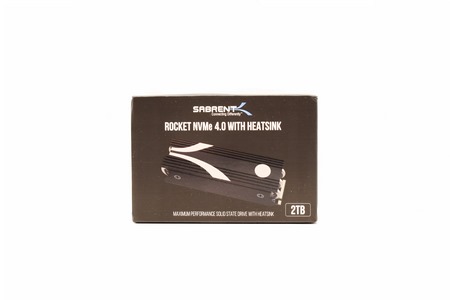

 Sabrent actually send over the Rocket 4.0 plus heatsink both of which are placed inside a paper cover as seen above (probably the best M.2 heatsink currently with size as its sole drawback).
Sabrent actually send over the Rocket 4.0 plus heatsink both of which are placed inside a paper cover as seen above (probably the best M.2 heatsink currently with size as its sole drawback).

 Removing the exterior reveals a copper colored aluminum box the inside of which is filled with black foam (the user manual is also placed inside the box).
Removing the exterior reveals a copper colored aluminum box the inside of which is filled with black foam (the user manual is also placed inside the box).
The Rocket 4.0 2TB is yet another single-side M.2 NVMe Gen 4x4 SSD which follows the typical 2280 factor (22mm in width and 80mm in length).
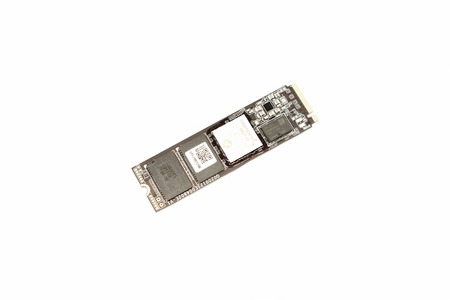


 Just like many other of their models the top sticker is made out of copper and beneath it we find the Phison PS5016-E16 NAND flash controller, 1GB DDR4 SDRAM 2666MHz module by SKhynix and 2 Toshiba 512GB 96-layer 3D TLC NAND flash modules.
Just like many other of their models the top sticker is made out of copper and beneath it we find the Phison PS5016-E16 NAND flash controller, 1GB DDR4 SDRAM 2666MHz module by SKhynix and 2 Toshiba 512GB 96-layer 3D TLC NAND flash modules.
Turning the drive over we see yet another 1GB DDR4 SDRAM 2666MHz module (again by SKhynix) and 2 more Toshiba 512GB 96-layer 3D TLC NAND flash modules underneath a sticker.
TEST BED
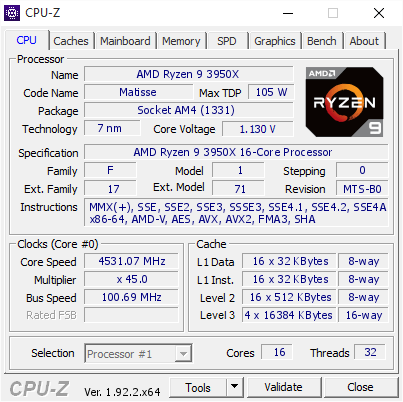

TESTING METHODOLOGY
Not long after I first started testing SSDs back in 2008, I concluded that it's almost impossible for any single benchmark suite to accurately measure their performance and that's why in certain benchmark suites we see amazing read/write performance numbers with some drives while in others things are quite different. The reason behind this is that some benchmarking suites are configured to read and write random chunks of data while others read and write constant (sequential) ones. So that's why i always use a very wide selection of benchmarking suites including AIDA64, HD Tach RW, HD Tune Pro, Crystal Disk Mark, Sisoftware Sandra Pro, AS SSD, IOmeter and ATTO. To get the most accurate results each test gets repeated a total of 6 times with the average performance numbers recorded into our charts*. Also, as of February 25th 2015 our results will also include the Storage Networking Industry Association’s (SNIA) IOMeter tests. These tests include a 12 Hour write test used to “simulate” performance degradation over time and a mixed workload test which basically shows what you can expect when using an SSD continuously for roughly two hours. Unfortunately, due to the time required for these tests we repeat them a total of 3 times and not 6 as the above.
Many people have made inquiries about our charts in the past so once again please do keep in mind that the Charts have the average performance numbers of each drive recorded and not the peak (highest) ones. Also, although every single one of these programs can help potential buyers choose the right drive for their needs you should also remember that from any kind of benchmark up to real world usage the gap is not small (and usually most differences will go unnoticed by most people). All tests were performed in a fresh Windows 10 Pro x64 installation complete with every update up to the date of this review.
* Since November 2018 the SSD comparison charts have been divided to 2.5” and M.2 models to reduce their growing size.
** Unless stated otherwise the Ryzen 9 3950x based Test Rig used for M.2 Gen 4 SSD reviews is not located in the lab.
*** As of January 2021 for Gen 3x4 models I’ll be using the Core i9-7980XE test rig (after numerous tests the up to 6% difference in read & write performance compared to the i7-6700 system simply wasn’t enough to justify having an extra test rig around).
TEST RESULTS - AIDA64 / ATTO
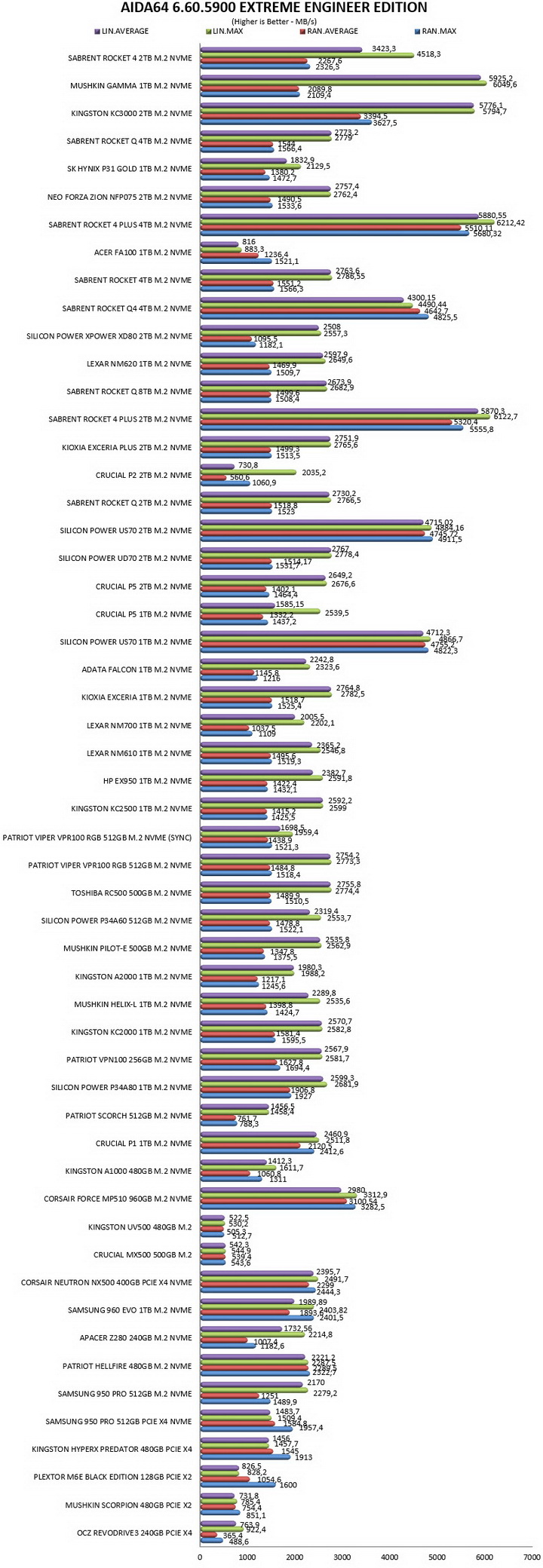

TEST RESULTS - HD TACH RW / HD TUNE PRO


TEST RESULTS - SISOFTWARE SANDRA PRO / CRYSTAL DISK MARK


TEST RESULTS - AS SSD / IOMETER


TEST RESULTS - IOMETER SNIA

CONCLUSION
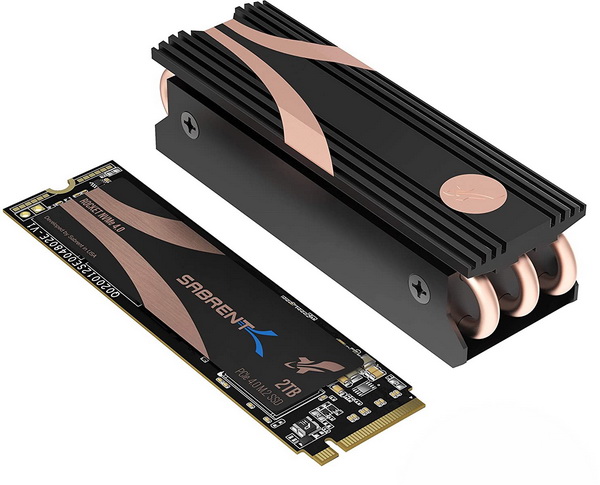
Based on the charts it may be evident that the Rocket 4.0 M.2 NVMe by Sabrent may not be the fastest PCIe 4.0 (Gen4) model in the market today but it has something only a few others do, pretty solid endurance numbers. Take the recently reviewed Kingston KC3000 for example, the 2TB model has a TBW of 1600 whereas the Sabrent Rocket 4.0 2TB has 3600. The Rocket Q4 again by Sabrent on the other hand sports a TBW of just 400 for the 2TB version whereas even the Sabrent Rocket 4 Plus 2TB model has a TBW of 1400. So, it’s crystal clear that the Rocket 4.0 delivers a very good performance/endurance ratio and so if data integrity is something you put much weight on then this could be the ideal choice. I also recommend grabbing the heatsink version instead of the standalone one (after you check and see if it fits where the SSD goes) since it does help a lot. Unfortunately, I neglected taking screenshots of the Rocket Control Panel software by Sabrent while I was testing the Rocket 4.0 2TB so if you’d like to check it out you can always find it in my previous Sabrent review (here).
Currently retailing for USD279.99 inside the USA (Amazon.com) and for 299.99Euros inside the EU (Amazon.de) the Rocket 4.0 2TB M.2 NVMe SSD by Sabrent is priced well. Again, this may not be the fastest PCIe 4.0 model in the market (and it’s not available in higher capacities, that’s its sole drawback in my book) but it does offer an excellent performance/endurance ratio and for that it deserves the Golden Award.

PROS
- Very Good Performance (Up To 5000MB/s Read & 4400MB/s Write)
- Endurance (3600TBW / 1.7 Million Hours MTBF)
- 5 Years Warranty (Online Registration Required)
- Passive Cooling (Thick Copper Sticker)
- Heatsink Bundle
CONS
- Thermal Throttling (During Our SNIA Tests)
- Only Up To 2TB

 O-Sense
O-Sense











.png)

